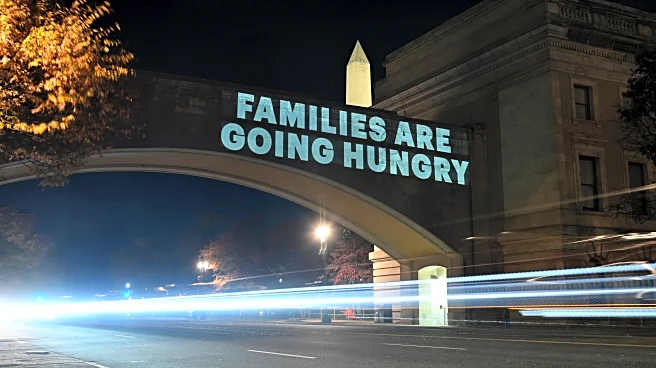What's Happening?
The USDA's 2025 land values report highlights continued growth in farmland values, albeit at a slower pace than previous years. The average U.S. farm real estate value rose by $180 per acre, marking a 4.3%
increase. This growth is slower compared to the double-digit increases seen earlier in the decade. Cash rents have shown minimal changes, indicating a cooling market. Despite the slowdown, cropland values reached record levels, with regional variations showing California and Northeastern states having the highest values.
Why It's Important?
The slowing growth in farmland values impacts farm finances by limiting equity growth, which in turn affects farmers' ability to use land as collateral for loans. This cautious lending environment may lead to reduced capital availability for farmers, affecting their operational capabilities. The regional disparities in land values also highlight the varying pressures faced by farmers, from urban development to specialty crop demand.
What's Next?
As the market cools, farmers may need to adapt by exploring alternative revenue streams or adjusting their business models to cope with tighter financial conditions. The potential expiration of programs like the Conservation Reserve Program could further influence land use decisions, impacting environmental conservation efforts.
Beyond the Headlines
The broader implications of these trends include potential shifts in rural demographics and land use patterns. As institutional investors continue to view farmland as a stable asset, traditional farming communities may face challenges in maintaining their cultural and economic identity.













